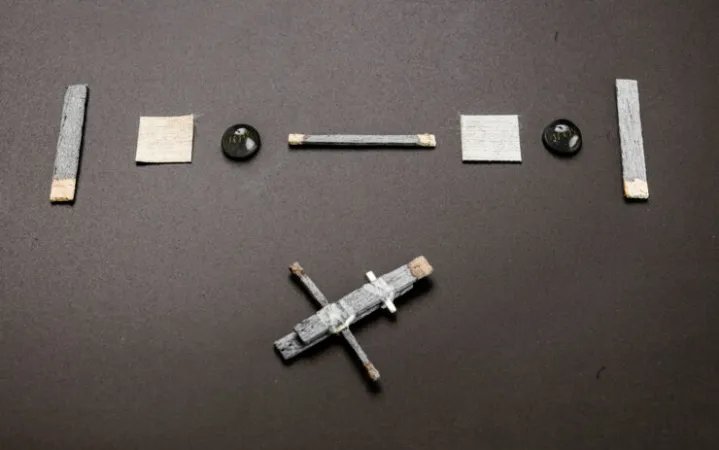
Swedish researchers from Linköping University achieved a ground-breaking discovery when they succeeded in building a working transistor out of wood.
This brand-new transistor may open the door for significantly more environmentally friendly computing. One day, technology might even make it possible to operate living plants electronically, but there’s a big caveat.
All kinds of electronic devices, including potent processors, depend on transistors as essential parts. It can function as a switch or an amplifier.
Typically, silicon is used to create transistors, which has a number of benefits. Silicon has thermal stability and performs well even at high temperatures. There is also a lot of silicon available. Although silicon is much more common, germanium is also occasionally used to make transistors.
A research team from Linköping University in Sweden has succeeded in building a functional transistor out of wood rather than silicon. Their research was published in a paper with the title “Electrical current modulation in wood electrochemical transistors.”
The actual wood electrochemical transistor (WECT) was constructed from a particular kind of conductive wood. They had to take out a substance called lignin and replace it with a conducting polymer in order to produce this kind of wood. The WECT was then built using three pieces of this conductive wood.
The fact that the transistor functions is already quite remarkable. Furthermore, it sounds pretty cool to be able to control living plants electronically, so even for that reason alone, the discovery is significant. However, silicon can relax knowing that the WECT will never, if ever, take the place of silicon transistors.
One, it’s far too large. The WECT is 3 centimeters in size, whereas silicon transistors are measured in nanometers. Additionally, it only switches at a frequency of about one hertz. Just a hertz, not a megahertz or gigahertz. Transistors in modern technologies need to be significantly more powerful.
Moore’s Law states that a microchip’s transistor count should double every year, boosting the speed and functionality of those circuits. This is among the factors that make transistors a hot topic that necessitates ongoing research if chipmakers are to keep following Moore’s Law.
Simply put, there are limits to what silicon can accomplish for us, and some people believe those boundaries are rapidly approaching. This is what motivates researchers to consider other materials for creating chips, such as graphene or even honey.
While WECT is completely unable to solve the scaling issue with silicon, it does offer a much more environmentally friendly and biodegradable substitute that may prove useful in the future. Although this wooden transistor won’t completely transform computing, it does demonstrate that it is possible, which pave the way for future advancements.







